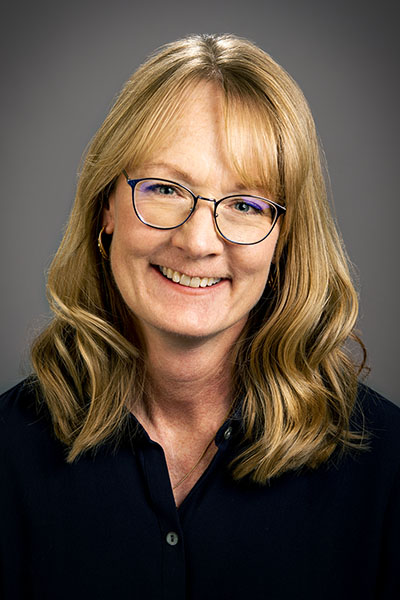
Pam Lockwood-Cooke
Associate Dean College of Engineering, Professor of Mathematics
Office: Classroom Center 420E
Email: plockwood@wtamu.edu
Phone: 806-651-2536
Professional Profile
Dr. Lockwood joined the College of Engineering in 1999. She received a B.S. in mathematics from Texas Tech University in 1992, a M.S. in applied mathematics in 1994 and a Ph.D. in applied mathematics from Texas Tech University in 1998.
Teaching and Related Service
Dr. Lockwood teaches College Algebra, Calculus I and II, Honors Calculus I and II, Statistical Methods, and Engineering Statistics. Dr. Lockwood advises undergraduate mathematics majors and is also the graduate adviser for the discipline of mathematics. In the graduate program, Dr. Lockwood instructs courses in Statistics, Differential Equations and Bio-Mathematics.
Dr. Lockwood is the principal investigator of INCRSE, a five year NSF funded STEP program (Science, Technology, Engineering and Mathematics Talent Expansion Program). The goal of INCRSE is to increase the quality, quantity and diversity of all students majoring in science, technology, engineering and mathematics (STEM). Just a few of the INCRSE objectives include redesigning of WTAMU science laboratories in biology and physics, linking courses in engineering, mathematics and physics through interdisciplinary industry based projects, and providing students with information regarding the wide range of exciting careers available in the STEM fields.
Dr. Lockwood serves as the faculty adviser of the WTAMU chapter of Gamma Beta Phi, a campus-wide honor society and service organization.
Research and Creative Activity
Dr. Lockwood’s research interests are in the area of biomathematics. Recent projects involve the development of a model to determine the affects of inbreeding on a predator-prey system, where the prey is hindered by inbreeding and using the Particle Swarm technique to find the optimal neural innervations required in each muscle in a biomechanical model to successfully reproduce a desired human movement.
